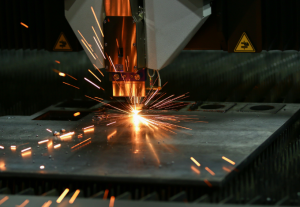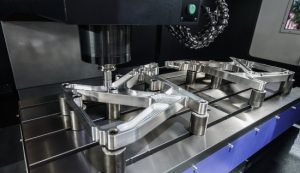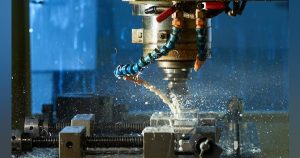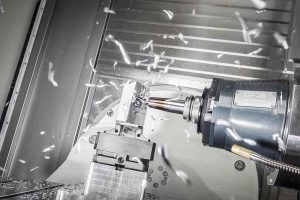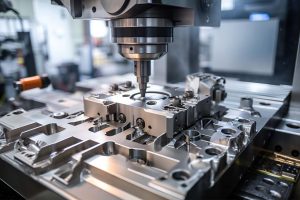Sheet metal prototyping involves creating initial product samples using materials like steel and aluminum. Utilizing laser cutting and CNC technology, prototypes can be completed in a few days at a cost ranging from $500 to $5,000.
Sheet metal prototyping involves creating initial product samples using materials like steel and aluminum. Utilizing laser cutting and CNC technology, prototypes can be completed in a few days at a cost ranging from $500 to $5,000.
Definition and Application
Sheet metal prototyping is the manufacture of initial samples of a product in sheet metal material (steel, aluminum, stainless steel etc.) for designing and testing proposed to mass production.
Sheet metal prototypes are used in around 60% of automotive parts during the initial design phases. One example is Tesla, which saved 30 percent of the design time on the Model Three project.
Sheet metal prototyping is applied in various fields, including electronic devices, household appliances, medical equipment, and aerospace. In fact, Apple produces over 1000 complete sets of sheet metal prototypes annually during mass production to meticulously perfect each detail in its new product development process.
Making a traditional mold can take several months and hundreds of thousands of dollars, while the sheet metal prototyping costs some thousands but just takes a few days. As an example, one medical equipment company saved 50% from their budget during the development phase using prototyping in sheet metal.
Sheet metal prototype costs generally range from $500 to $5,000 compared with the traditional mold development cost of between $50,000 and $200,000. In one example, an electronics manufacturer building a new smartphone spent $3,000 on sheet metal prototype parts, and the cost for traditional mold manufacturing would have been about $60,000.
Utilizing state-of-the-art CNC technology and laser cutting, sheet metal prototypes can deliver amazing accuracy. For instance, an aerospace company realized a processing accuracy of 0.1mm during the development phase for a new kind of drone by using sheet metal prototyping.
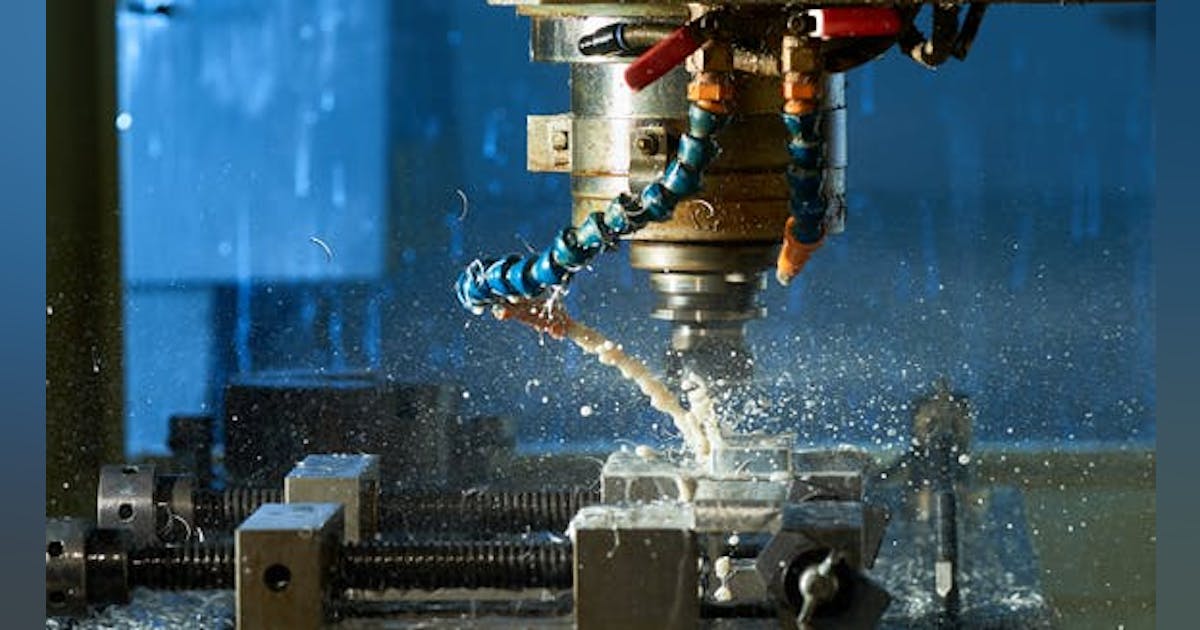
Materials and Characteristics
Usually, the materials that companies use for sheet metal prototyping are steel (low or high carbon), aluminum, and stainless steel.
Its strength and durability make steel a great material for things like structural components. In the car industry, for example, steel accounts for 70% of all body parts in a typical automotive vehicle; Steel is cheap (around $600 to $800 per ton).
In addition to being lightweight—around 2.7 g/cm³—it is also highly resistant to corrosion. Boeing, for instance, relies on an abundance of aluminum in its airplanes to make them lighter and therefore more fuel-efficient with greater payload capacity. Aluminum has a price of $2,000 to $3,000 per ton.
Able to withstand even harsh conditions, stainless steel is ideal. A medical equipment company will use stainless steel for its surgical instruments to prevent corrosion. The company also uses a special quality of rubber which has proven properties including aging stability and resistance against lotions in cosmetic amounts. Hence, the stainless steel price is $2,500 to $3,500 per ton.
Steel thicknesses range from 0.5mm to 10mm, and the material will heavily influence how much a prototype will cost and determine the performance properties of any design. In another instance, an LFP may have been tempted to use 2 mm aluminum on a new laptop, reducing weight by 20 percent but increasing cost by the same amount.
Process Flow
Here is a sheet metal prototyping process with the most important key steps, from design to finished product.
During the design phase, engineers utilize CAD software to create part drawings with detailed dimensions and shapes along with the selection of materials and process requirements. It will take an iPhone case 100 hours to complete, with every corner having to comply with either functional or aesthetic requirements as designed by them on paper.
These lasers have the ability to cut complex shapes in different sheet metal materials. One airline, for example, applied a 5-kilowatt laser cutting machine to make new drone parts at speeds of up to 20 meters per hour with outstanding accuracy and efficiency. A single hour of laser cutting might run you around $100.
The bending process uses bending machines and molds to control the dimensional accuracy of each part. For instance, the production of a batch of new household appliance casings needed under 0.
Techniques: Spot welding, Tig Welding, Mig welding. For example, a medical equipment company followed TIG welding during the production of surgical instruments to maintain strength and durability with each weld. Welding costs usually run in the $10-$50 per weld-meter range, depending on type and material.
The surface treatment ways include spraying, electroplating, and anodizing. For example, an electronics company employed anodizing in creating a new laptop casing to not only look good but also perform well against corrosion. Surface treatment costs approximately $20 to $50 per square meter depending on the method and requirements.
They are accurate and efficient in production, making them suitable for a variety of intricate designs and functional needs. By streamlining these processes, the prototyping cycle time was reduced by 50% during the Tesla Model 3 development, shortening product development lead times and increasing market competitiveness. Tesla CEO Elon Musk has said, “Rapid iteration and efficient manufacturing are the keys to our success.”



